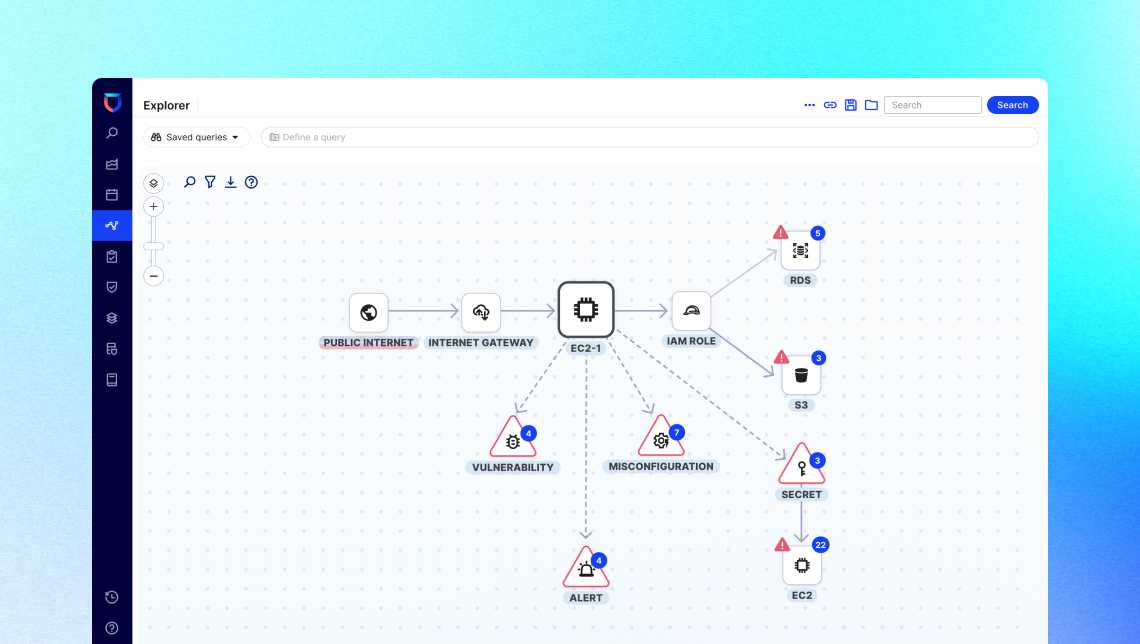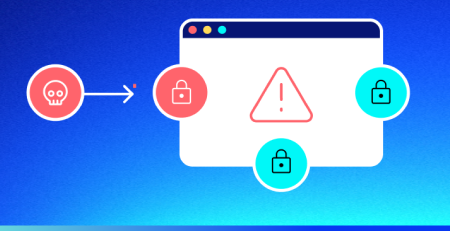Pod squad: The ultimate guide to catching Kubernetes “kulprits”
Why did the pod cross the node? To get to the other side-car
In Kubernetes (K8s), paying close attention to detail and prioritizing security are just as important as knowing how the containers work. The key to fortifying K8s lies in detecting and responding to unusual user behaviors. This guide highlights strategies to help Kubernetes administrators and security professionals unveil and tackle these behaviors from the comfort of your home — or kube-ical.
1. The detective work: Analyze audit logs
Channel your inner Sherlock or Enola Holmes by poring over Kubernetes audit logs. These logs are the breadcrumbs (breadKrumbs?) that lead to uncovering potential mischief and security threats within your environment.
To-do list:
- Regularly check Kubernetes audit logs to understand user activities and find signs of security issues.
Sleuthing strategies:
- Keep an eye out for unexpected API calls, atypical access patterns, or unauthorized changes that glow like a phone screen in a movie theater.
- Use a platform like Lacework that is purpose-built for large scale cloud analysis that acts as your magnifying glass and brings potential security incidents into focus before they escalate. Lacework ingests Kubernetes audit logs to provide comprehensive security monitoring and alerting. It tracks user activities, monitors the deployment and deletion of Kubernetes resources (such as workloads, roles, and role bindings), and identifies authentication issues and forbidden API calls within the Kubernetes cluster.
2. Set the boundaries: Use role-based access control (RBAC)
RBAC isn’t just a fancy acronym; it’s your blueprint for constructing a secure domain where everyone must adhere to their respective function.
To-do list:
- Fine-tune access levels with RBAC to ensure each user has just enough power to fulfill their role — no more, no less.
- Learn more about the principle of least privilege and how to implement it.
Sleuthing strategies:
- Regularly updating and reviewing RBAC policies keeps you one step ahead of unauthorized attempts to gain elevated privileges. If you’ve had a past incident, this can also indicate when the attackers “are back.”
3. The futuristic guardian: Leverage AI and machine learning
Embrace the new age of security with AI and machine learning (ML), where algorithms learn what’s normal to catch what’s not.
To-do list:
- Leverage ML tailored for K8s environments to be your eyes, identifying deviations from normal behavior patterns.
Sleuthing strategies:
- Integrate anomaly detection models like active scanning and Domain Generation Algorithms into your security lineup for round-the-clock real-time surveillance.
- CISA recently recommended using automation or ML models to continuously monitor logs, compare activities against baselines, and alert on anomalies for effective threat detection.
4. The watchful eye: Monitor network traffic
Protect your K8s clusters and vigilantly monitor network traffic like a shepherd watches over their flock. Keep a close eye on the freely wandering pod communications, ready to shepherd any baa-dness back to safety.
To-do list:
- Keep an eye on the dynamics of your clusters to identify any unauthorized activities or potential instances of data theft.
Sleuthing strategies:
- Understanding your usual network traffic patterns equips you to recognize anomalies with ease.
- Attackers often map the K8s network by commandeering a single container. For instance, if a container is running with excessive privileges or has a vulnerability that allows remote code execution, an attacker could exploit this to gain a foothold within the cluster. Once inside, they can probe the internal network, move laterally to other containers or nodes, and exploit vulnerabilities, turning a small crack into a gateway for attack.
5. Keeper of the keys: Validate user credentials
In your role as the custodian of your K8s domain, it’s essential to verify that only genuine users gain entry.
- To-do list: Periodically validate credentials to confirm that only active, approved users enjoy access privileges and entitlements.
- Sleuthing strategies: Enforce strong password guidelines and introduce multi-factor authentication (MFA) for added protection.
How Lacework can help
By adeptly correlating signals from multiple sources, Lacework identifies intricate threat patterns, from simple credential compromises signaled by a K8s API call from a malicious IP address to complex schemes marked by unusual administrative activities or an alarming number of unauthorized API requests.
Check out our recent blog for details on how our K8s Composite Alerts can help you simplify Kubernetes security and protect your organization from Kubernetes credential attacks.



